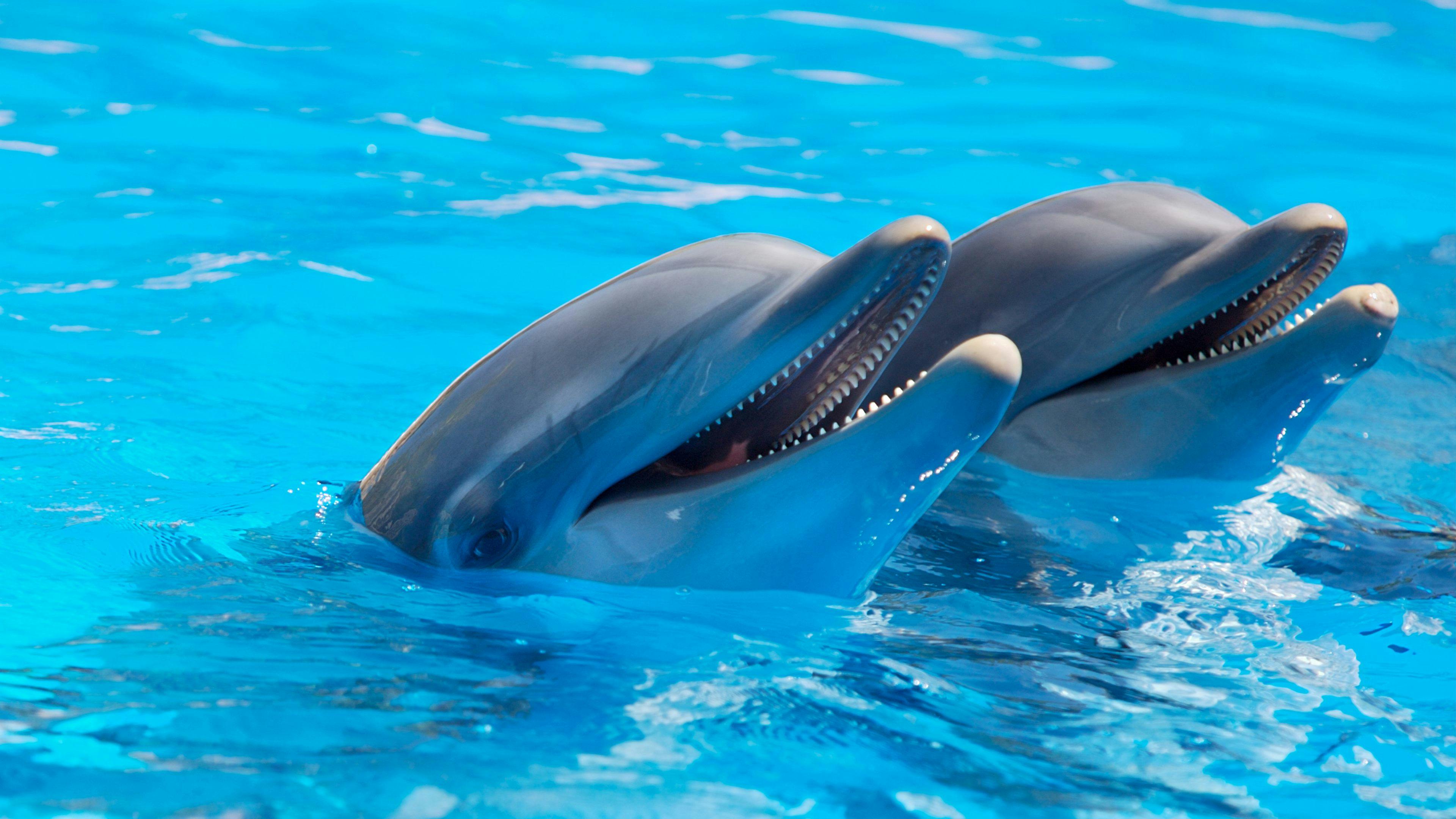Decoding the Social Structure of Dolphins: An Insight into Their Complex Societies
Introduction: Have you ever wondered about the secret social lives of dolphins? These marine mammals are not just known for their intelligence, but also for their complex social structures, which are surprisingly similar to human societies. In this article, we delve into the fascinating world of dolphin societies, unveiling their intricate relationships, communication methods, and their societal roles.

Dolphin Societies: A Peek into Their World
The social structure of dolphins is remarkably intricate. Much like human societies, dolphin groups, known as pods, have a strong social hierarchy. They form alliances, engage in cooperative hunting, and even show evidence of cultural transmission. This social complexity is often attributed to their large brains and advanced cognitive abilities.
The Hierarchies and Alliances in Dolphin Societies
Within their societies, dolphins have a hierarchical system, with dominant individuals often leading the group. Dolphins also form alliances for various reasons, such as protection against predators or to gain mating advantages. These alliances are formed based on mutual benefits and can last for a lifetime.
Dolphin Communication: A Language of Their Own
Dolphin communication is another aspect that mirrors human societies. They use a combination of clicks, whistles, and body movements to communicate with each other, expressing emotions, indicating danger, or coordinating hunting strategies.
Dolphin Culture: Learning and Passing Down Behaviours
Dolphins also exhibit cultural behavior. They learn from their elders and pass down learned behaviors to younger generations. Certain dolphin pods have been observed using unique hunting techniques, which are taught to their young, demonstrating a form of cultural transmission.
The Role of Dolphins in Marine Ecosystems
Dolphins play a crucial role in maintaining the health and balance of marine ecosystems. They are apex predators, meaning their hunting helps control the populations of other marine animals. Additionally, their social behavior is an important part of the marine ecosystem’s overall dynamics.
Current Conservation Efforts for Dolphins
Despite their intelligence and social complexity, dolphins face numerous threats from human activities such as fishing, pollution, and habitat loss. However, various conservation efforts are underway to protect these amazing creatures. Some of these initiatives include the establishment of marine protected areas, regulations on fishing practices, and public awareness campaigns about the importance of dolphins in marine ecosystems.
In Conclusion, understanding the social structure of dolphins not only allows us to appreciate these incredible creatures but also helps us to better protect and conserve them. Their complex societies, communication methods, and roles in marine ecosystems are a testament to their intelligence and adaptability, urging us to ensure their survival for future generations.




